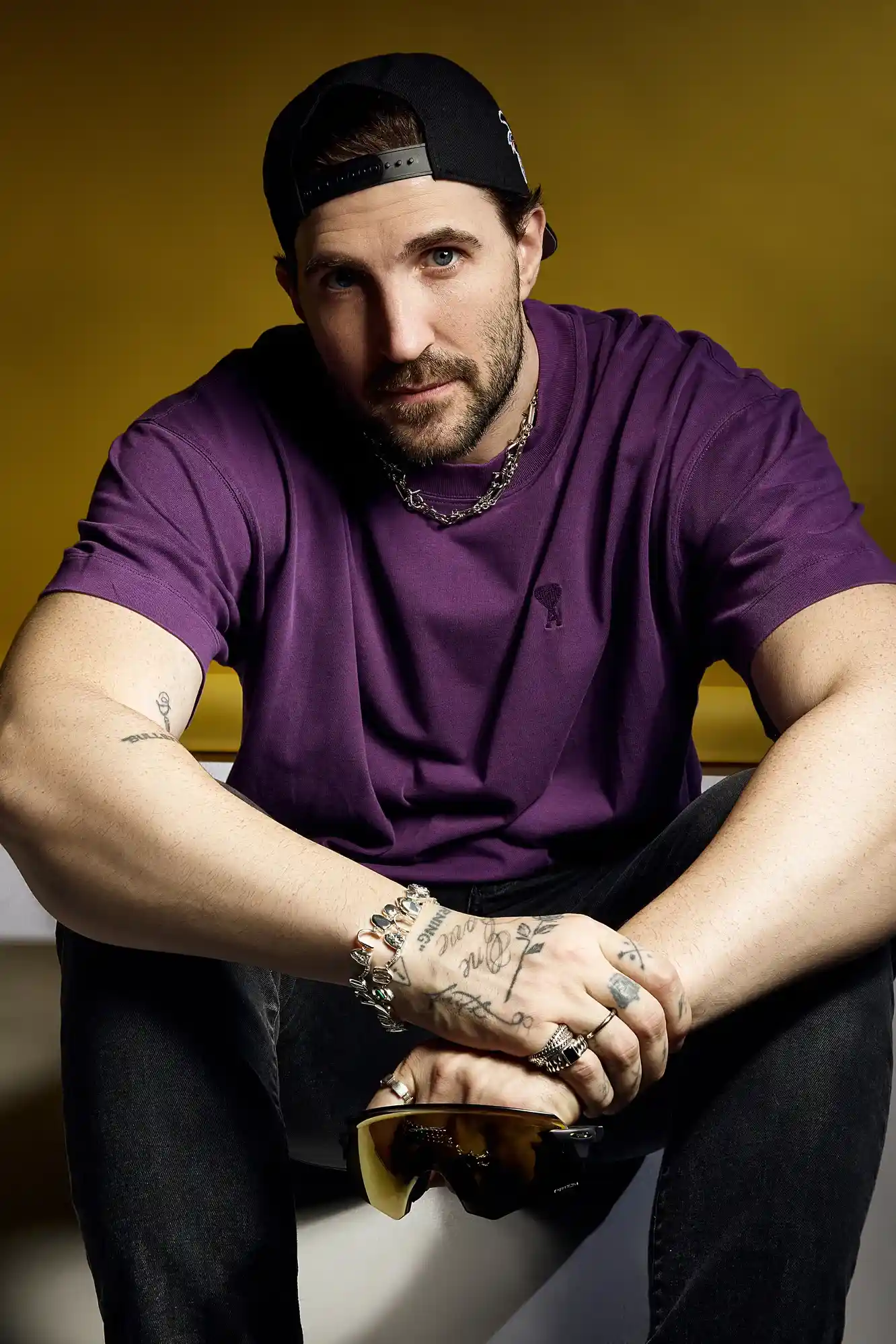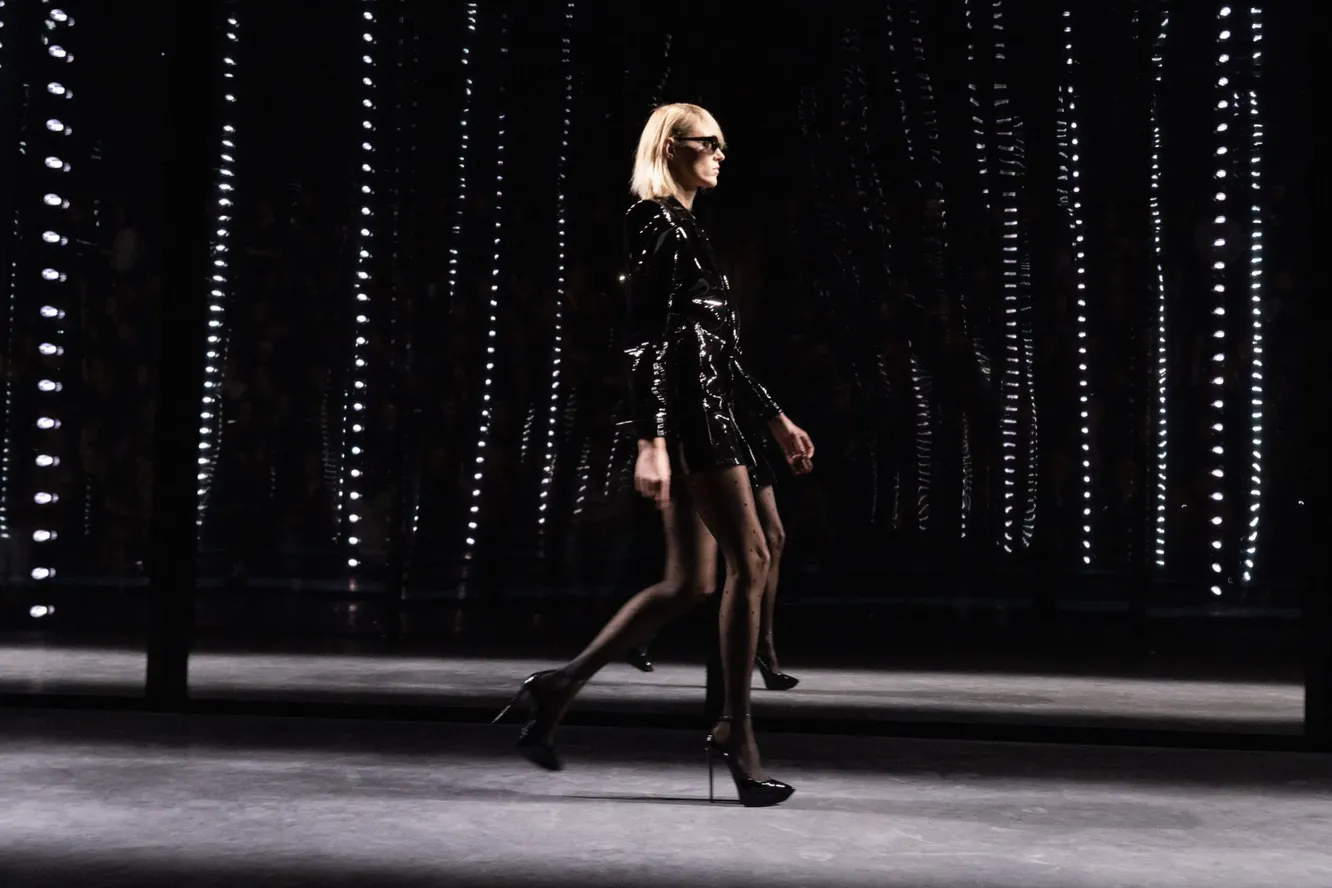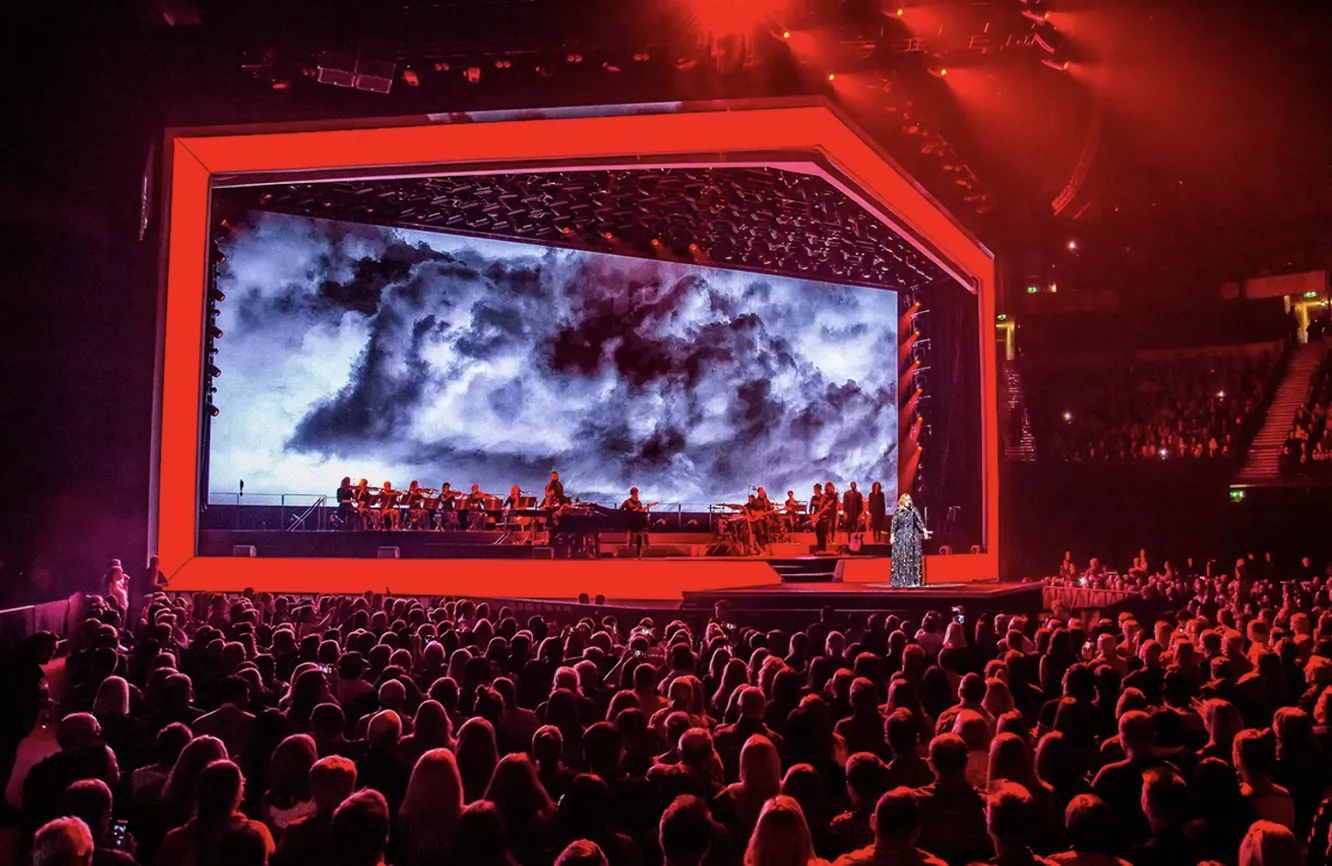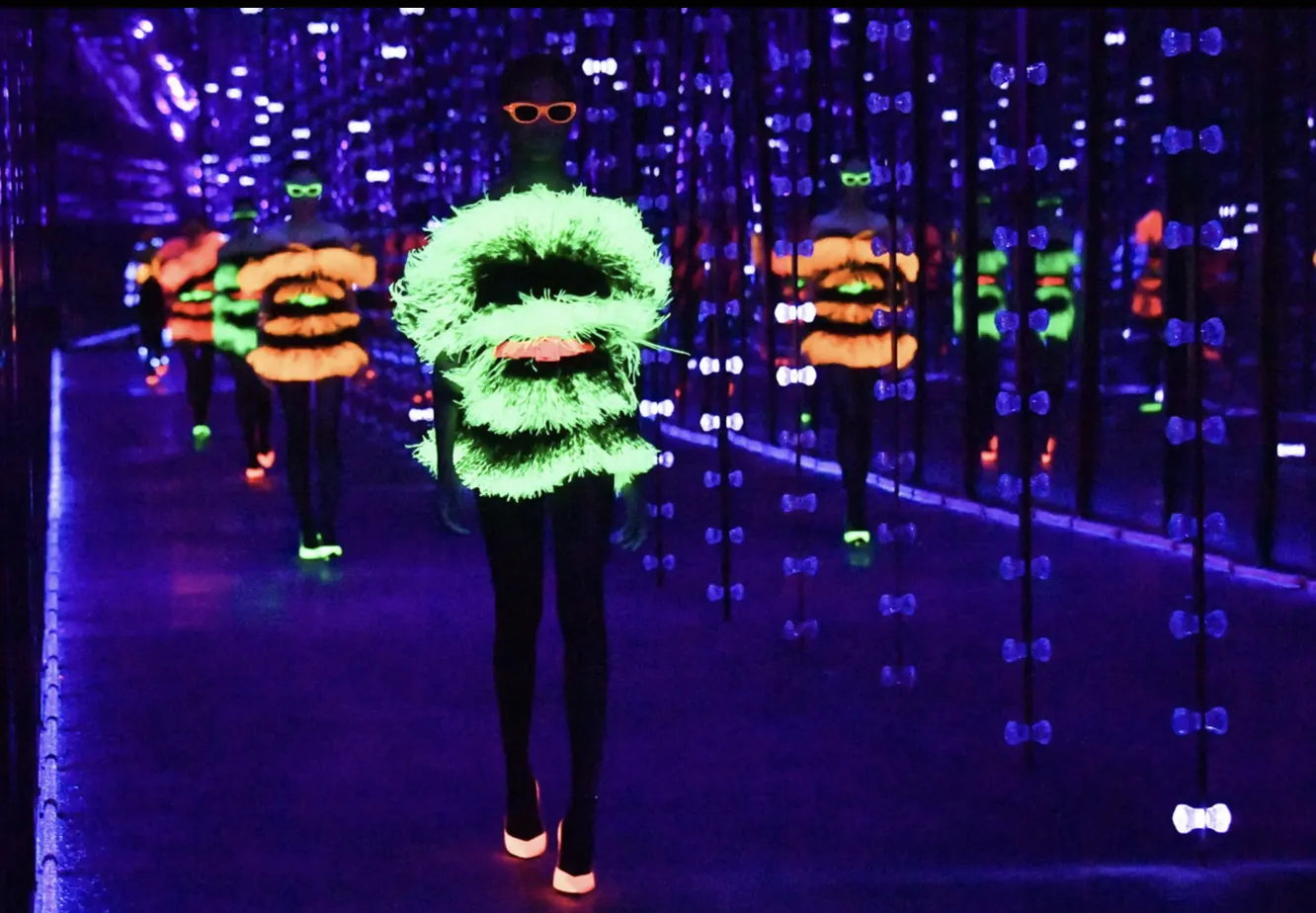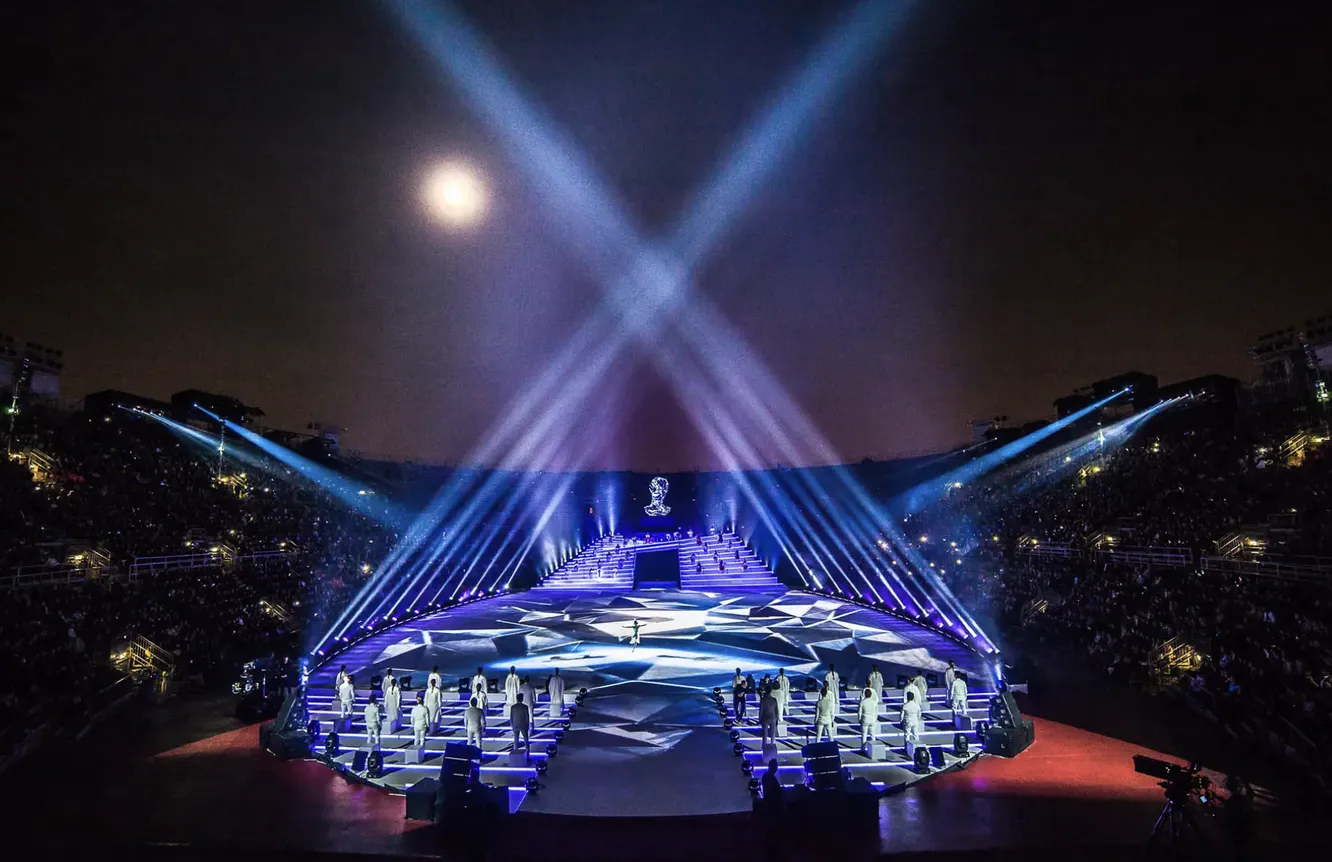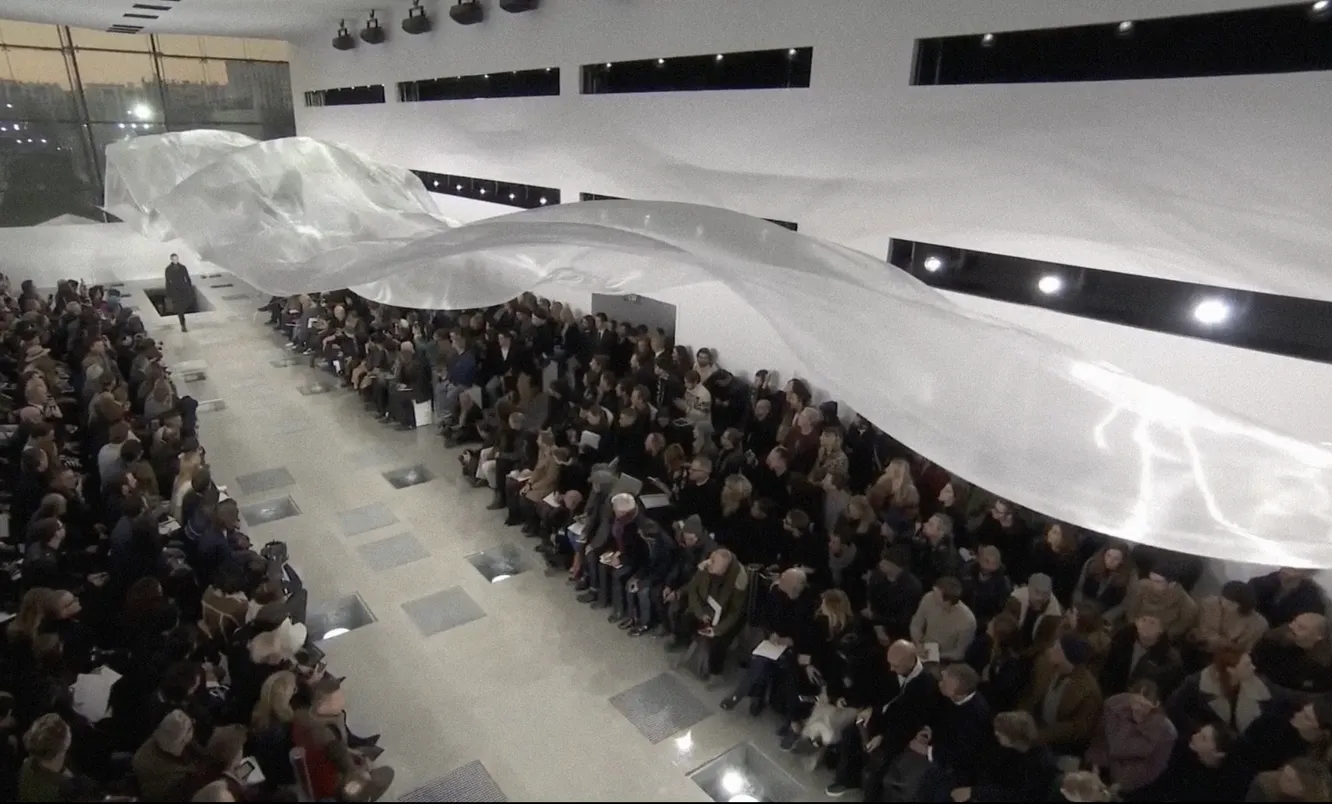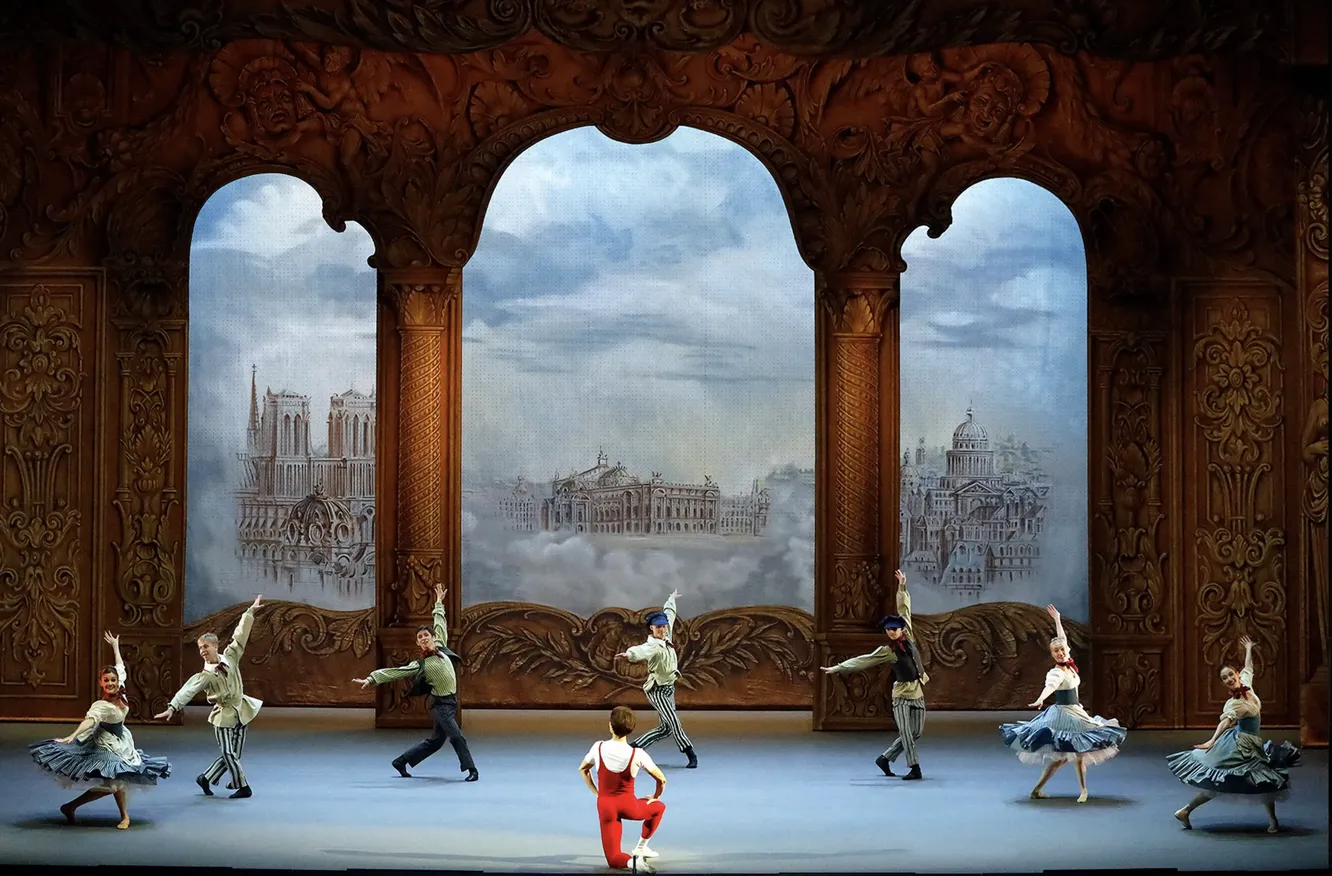"How a guy organizes Chanel, Louis Vuitton, Cartier shows and Adele concerts"
Organizing fashion shows and concerts by world-renowned artists such as Adele and Rihanna is always a massive undertaking that requires impeccable precision and creativity. Behind each of these events lie hundreds of people, complex logistics, and incredible visual solutions. We spoke with Dmitry Yakovlevsky, the founder of the international design laboratory Twenty Five, a filmmaker, and an expert in multimedia solutions for the event industry, to find out how such projects are created.
Over the years, Dmitry Yakovlevsky's team has become part of large-scale projects for global luxury brands. Among them are Chanel, Louis Vuitton, Hermès, BMW, Mercedes—Benz, Porsche, Philipp Plein, Cartier and others. Each project is a challenge, art, engineering and magic combined into one whole. Artists, designers and other creative specialists at Twenty Five Design laboratory created private parties, decorated shop windows and participated in major fashion shows - they had to go beyond the usual, overcome the boundaries of the possible and challenge themselves. In this article, we will tell you how Dmitry Yakovlevsky achieved such a high level of professionalism in the event industry, as well as the nuances of working with world-renowned celebrities and luxury brands.
From stage manager to organizer of global shows
The founder of Twenty Five started his career in the event industry as a stagehand. However, he ended up there by chance. Prior to that, Dmitry was a professional football player: at the age of 16, he was invited to join the youth teams of Russia and Belgium, where he had lived since the age of three. He chose Russia, but two years later, he received an invitation to play in Italy and simultaneously enrolled in the Instituto di Disegno in Milan, where he studied design. However, he had to drop out a couple of years later when a Dutch club offered him a football contract.
But it was not possible to earn money from sports, and then Dmitry Yakovlevsky began to become a waiter at the residence of King Philip of Belgium, and then he was lucky to get a job as a stagehand in such event companies as Meet Marcel and Extra1, where he later became a builder and stage installation coordinator. "They do not just give a job, but also teach from scratch all the necessary technical skills and professional vision necessary for working in the event industry. Getting into such companies is a great luck, since they worked on the most difficult projects in the world," he adds.
At that moment, Yakovleksky came up with the idea of organizing stage space and multimedia technologies. These companies worked on a subcontract with StageCo (now Wicreations), the largest European (and probably global) stage builder for world-class artists.
"I started as a stage builder and gradually became a project coordinator. During this period, I met tour managers, artists, and their teams, including stars such as Metallica, Pink, Robbie Williams, Bon Jovi, and Coldplay."
Later, he joined ShowTex, a well-known Belgian company that produces fire-resistant curtains, LED curtains, dance floors, and stage design and installation. Here, Dmitry Yakovlevsky quickly rose through the ranks, working with global brands, artists, and projects such as Cirque du Soleil, Rihanna, Adele, The Weeknd, and Foo Fighters. We were collaborated with prestigious studios: Es Devlin, Leandro Ehrlich, Willo Perron, Brukner, Franco Dragone and Alexander de Betac. In due time all these eminent specialists became my colleagues.
After working in this field for about 10 years, Dmitry Yakovlevsky decided to open his own international laboratory-studio in Russia, as well as in the Emirates and Belgium. The first major order came in 2019, and since then, they have been implementing the most exclusive and prestigious projects on the Russian market.
How Chanel, Louis Vuitton, and Mercedes-Benz create their shows
In the case of top brands, there is a creative department that works out the event's identity in detail. They create a technical specification, and the event company's task is to coordinate all the details with them in order to propose improved or alternative options. It is important not to replicate other people's ideas but to create unique concepts.
Creative directors often hire experts with many years of experience to bring new ideas and make the project truly unique. The approval and preparation process can take up to 8-9 months before the event. For smaller events, the preparation time can be reduced to two to three months. In such cases, it is important to quickly find reliable partners who can handle the logistics.
The main difficulty is the timing of approval, production, delivery, installation, and dismantling. Everyone always wants the impossible. We often have to wait a long time for creative solutions from artists and art directors.
"Sometimes they [the artists] would go into their own worlds, or they simply couldn't bring the perfect picture to the final result, but they would never compromise and create something mediocre," said Dmitry Yakovlevsky.
It takes a lot of time to coordinate the venue and obtain permission from the authorities. In Paris, Nice, Cannes, Monaco, Milan, and Munich, there are numerous requirements that must be met, and additional security measures such as police presence may be requested.
In addition, you need to coordinate everything with the agencies, add contractors and everyone who will be present at the event to the protocols. The lists of participants, including employees of the fashion house, are very long, and all of this needs to be prepared six months in advance. For example, places for the next year's autumn shows are already booked in December.
As a rule, the implementation of projects on the set takes a week or more. However, due to the high cost and exclusivity of locations in Paris and other major cities, the installation often takes place around the clock, including the setup of video broadcasting. Professionals from all over the world work together to launch the show. All of this preparation is done for the sake of the 17-minute show on the runway.
The art of anticipating the desires of guests
Organizing such events is a true art of anticipating desires. Stars and VIP guests expect top-notch service: the best seats, exclusive gifts, and a personalized approach. Some guests arrive by private jet, requiring impeccable logistics, including transfers and VIP access away from the cameras. Valet parking, customized seating areas, and matching the brand's color scheme are crucial details. A mistake in the shade can become a problem, and the wrong lighting in the room can ruin a reportage photo shoot.
But it's difficult to organize the arrival of luxury guests, because such events always attract crowds of people. There are a lot of paparazzi and spectators who want to see someone. The logistics of such events are a challenge, and it requires a team of people specifically trained for this task. You need to meet the guests, escort them to their cars, drive them to the event, and then meet them again at the venue. You need to guide them inside and send the car to pick up the next guest.
"It's especially difficult in cities like Paris, London, and Milan. Guests usually stay in expensive hotels, and it can be challenging to get to the event venue. Traffic congestion and transportation issues can delay everything. Sometimes, this has caused shows to start half an hour later," says Dmitry Yakovlevsky.
Working with artists, logistics, and rehearsals are the most challenging aspects of event organization.
Difficulties also arise when working with art objects or artists, when it is necessary to transfer their art and vision to a larger scale. This requires very careful preparation, because such things need to be planned months in advance. Logistics also take a lot of time — to organize air transportation, sea routes for the delivery of art objects.
In addition, rehearsals take a lot of time — the Twenty Five team always takes the venues for a week or even a week and a half, even if they are very expensive, in order to properly set up the lights, decorate the venue, and paint and sew all the details so that everything looks its best. This is because such events quickly become viral on social media, and the pros and cons faced by the participants and guests are immediately visible.
Art without the right to make mistakes
One of the most challenging projects in Yakovlevsky's career was working on the Louis Vuitton Fall/Winter 2016-2017 men's collection show in Paris. The Twenty Five team proposed and implemented a flying installation using the world's lightest silk. This material weighs only 5 grams per square meter, and the main challenge was not only in installation but also in maintaining its excellent condition.
Any wrong move could damage the fabric, and given its value, the team simply didn't have the right to make a mistake! However, it's not just about technical execution; it's about earning the trust of iconic brands like Louis Vuitton. "It's an honor for us to not only be a part of their world but also to contribute to the history of the global fashion industry," says the founder of Twenty Five.
The secret of the biggest brands’ success is leadership, open thinking and experience and professionalism of creative specialists who have come a long way and proved that they are the best in their field. Every big company has its own creative department that creates two or three concepts for a show or project. Management chooses one of them, often within the framework of a long-term brand concept.
The difference between large brands and small studios is that the large brand is a large team of creative people, art directors and experts who have dedicated their lives to this brand. These teams work closely with agencies and are constantly in touch with each other, exchanging ideas and experience, striving to create something outstanding. In such teams, there is always a person who says, "We can do better, even more interesting."
To read the article in full, click on the link: https://robb.report/persons/97711-kak-paren-iz-rossii-organizovyvaet-pokazy-chanel-louis-vuitton-cartier-i-koncerty-adel/







